Order Spider | Family Agelenidae Scientific name Eratigena agrestis Rank Species | |
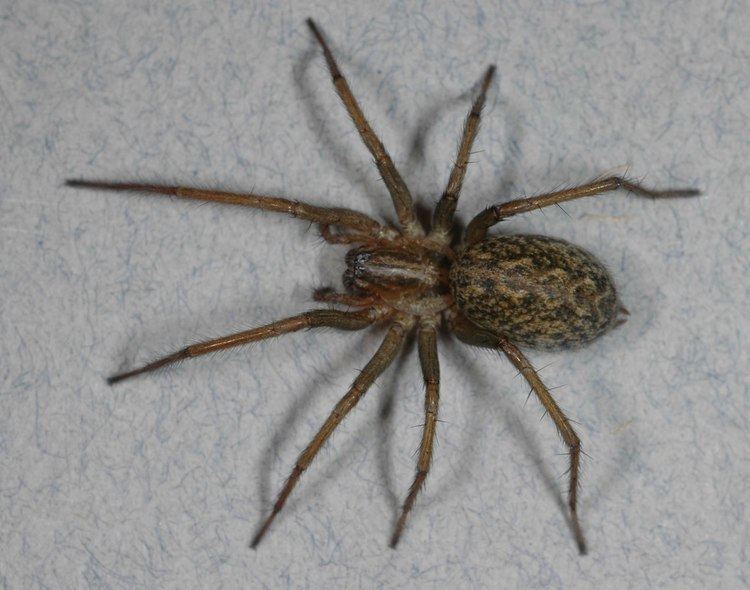 | ||
Similar Brown recluse spider, Giant house spider, Tegenaria, Recluse spider, Wolf spider | ||
Hobo spider bite test
The hobo spider (Eratigena agrestis, formerly Tegenaria agrestis) is a member of the genus of spiders known colloquially as funnel web spiders, but not to be confused with the Australian funnel-web spider. The medical significance of its bite is still poorly understood and debated. Individuals construct a funnel-shaped structure of silk sheeting and lie in wait at the small end of the funnel for prey insects to blunder onto their webs. Hobo spiders sometimes build their webs in or around human habitations.
Contents
- Hobo spider bite test
- Taxonomy
- Identification
- Distribution and habitat
- Toxicity and aggression
- References
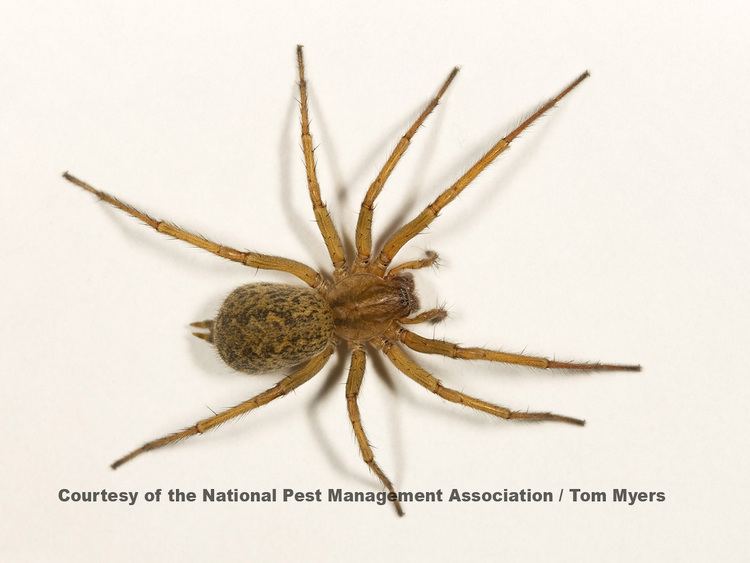
Taxonomy
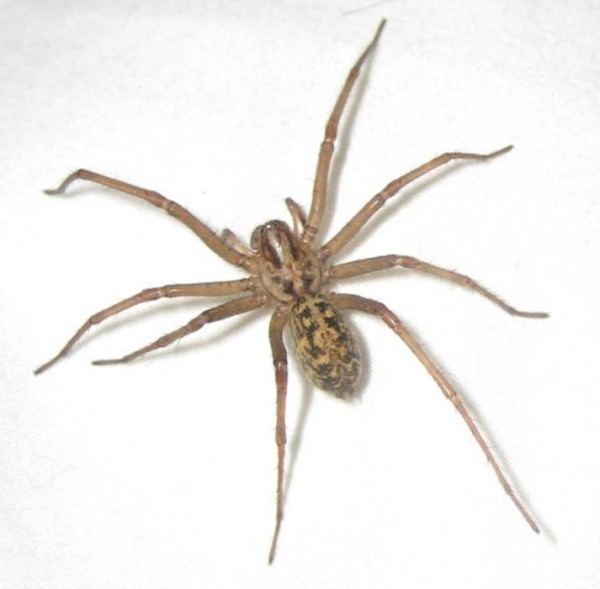
The species was first described in 1802 by naturalist Charles Athanase Walckenaer as Aranea agrestis, in reference to its western European habitat in fields, woods, and under rocks. In 1841, Walckenaer transferred the species to the genus Tegenaria. In 2013, Tegenaria was split up, and the hobo spider was transferred to a new genus Eratigena, an anagram of Tegenaria.
Identification
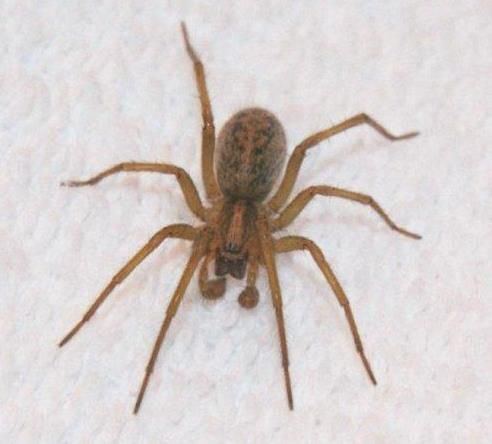
Spiders, including the hobo spider, vary considerably in appearance, and identification can be difficult. Identification relies on an examination of the spider’s anatomy. Like many species of spider the positive identification of Eratigena agrestis requires microscopic examination of the epigynum and pedipalps (the female and male sex organs respectively) and is best done by an arachnologist. However, the following characteristics can help in identification of hobo spiders in order to prevent misidentification and eradication of beneficial species with a similar general appearance:
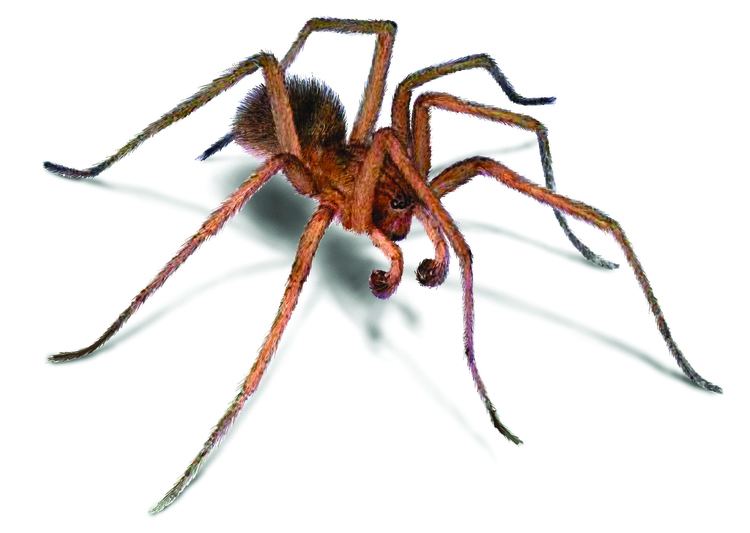
Distribution and habitat
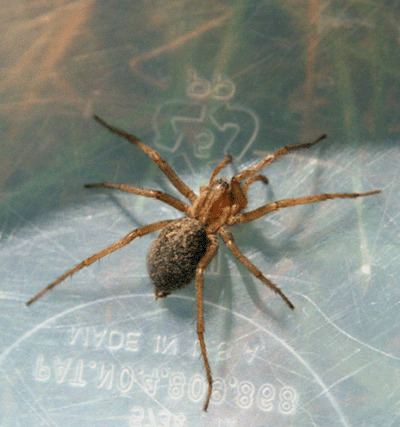
Eratigena agrestis is distributed from Europe to Central Asia, and is also found in the United States and Canada. It is recorded in the checklist of Danish spider species, and is present on the small island of Peberholm, probably having carried here by foreign trains.
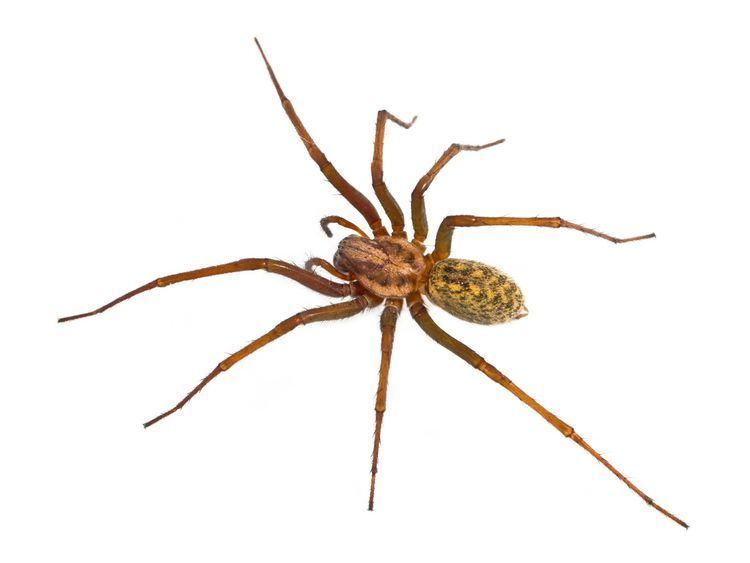
It is a resident of fields, rarely entering human habitations due to the presence of major competitors, particularly the giant house spider (Eratigena atrica), which is a common resident of houses and other man-made structures in Europe. As a result, human contacts with the hobo spider are uncommon in Europe.
Toxicity and aggression
The toxicity and aggression of the hobo spider are currently disputed by arachnologists. One common name, the aggressive house spider may arise from a misinterpretation of the Latin name agrestis, (lit. "of the fields") as "aggressive". If a Hobo spider is tending an egg sac, it may become aggressive if it perceives the egg sac as being threatened. However, they generally do not bite unless forced to protect themselves.
In the United States, the hobo spider has been considered to be a dangerous species based on a toxicology study on rabbits where lesions appeared after spiders were induced to bite the rabbits. This laboratory study has led to the proposal that in some parts of the U.S. nearly all bites attributed to the brown recluse spider are in reality the hobo spider's bite. The CDC and other U.S. government agencies have also used this same study as the basis for a report claiming that the hobo spider bite causes necrosis in humans, despite the absence of any confirmed cases. Subsequent attempts to replicate the study by injecting sufficient venom to ensure envenomation have failed to produce necrotic lesions, and there is even question as to whether the lesions observed in the original study were necrotic.
In Canada, there are scientists who claim that no hobo spider bites lead to dermal necrosis. Hobo spiders are common in Europe, though bites are relatively uncommon, and other than unconfirmed reports there is no evidence of them causing necrosis despite hundreds of years of coexistence there. The only documented case of a verified hobo spider bite leading to necrotic skin lesions involves a person who had a pre-existing medical condition (phlebitis) that can also cause the appearance of skin lesions.
Hobo spider bites are not known to be fatal to healthy humans. The necrosis in purported cases is similar to, but milder than, that caused by the brown recluse spider, and in severe cases can take months to heal. Other reported symptoms include intense headaches, vision abnormalities, and/or general feelings of malaise. These symptoms are not confirmed for the hobo spider bite, specifically due to lack of positive identification of the spider by an expert, and the Oregon Poison Center (affiliated with the Oregon Health & Science University) is attempting to gather definitive evidence regarding the validity of these reports as of September 2007.
